The popcorn plant (Senna didymobotrya) is a tall shrub native to East Africa. Popcorn plants can grow up to 25 feet in their native habitat. However, they typically cannot extend more than 3 feet in colder climates.
The popcorn plant, also called popcorn cassia or peanut butter cassia, is an annual shrub. It belongs to the family Fabaceae. The plant has 20-30 yellow flowers that look like popped corn. However, that’s not where its name comes from. The leaves are oval-shaped and grow in pairs along the stem. The leaves, when rubbed, give off the smell of buttered popcorn. Although, some say it smells like a wet dog. Nonetheless, the entire plant is toxic to humans and animals and should be avoided.
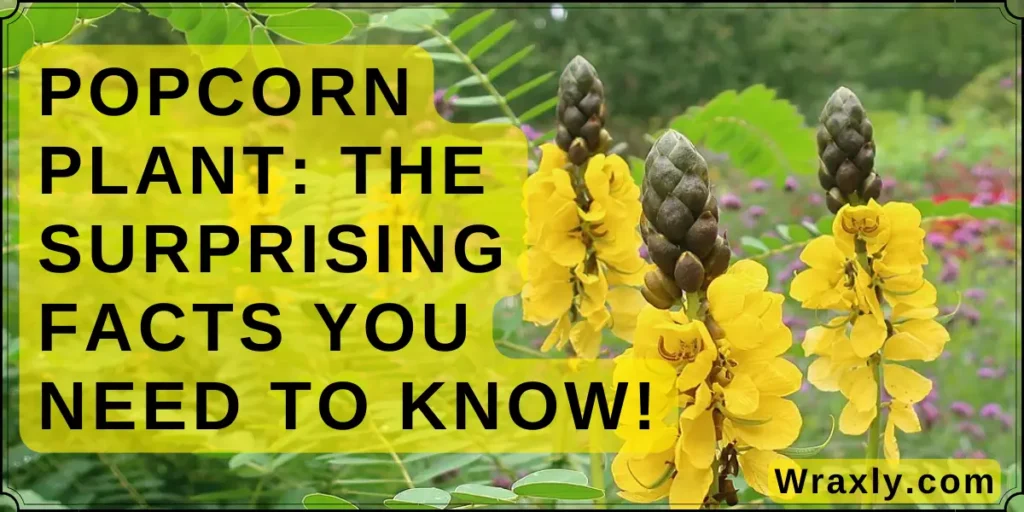
Caring for a Popcorn Plant
Popcorn cassia is a drought-resistant tropical plant that some people nurture as a houseplant. Well-watered, the popcorn plant can thrive in pots if you take it inside in the winter. It is well-suited for hot regions and thrives in the summer when other plants wilt. The popcorn plant will produce flowers throughout the summer and autumn. After their flowering season, they produce brown seed pods that are food for birds. With enough water, sun, and fertilizer, the plant can survive all through summer and fall.
- Water
The popcorn plant may be a heat-loving plant, but it is also water-loving. It is advisable to water the plant daily, especially if you plant it in a pot. Sometimes, the leaves close up during the day if the plant requires water. The popcorn plant requires more water at the beginning stages of its growth. As it grows, it develops drought resistance and only needs minimal water. Misting the leaves in hot or dry weather is advisable to keep the plant fresh. In addition, keep the soil moist, not soggy, and do not oversaturate with water.
- Sunlight
Popcorn cassia is native to East Africa, where various elements, including full sunlight, can make it grow up to 25 feet. The plant is sun-loving; if you put it in a pot, place it close to the window under direct sun. Sometimes, however, the plant may close up its leaves when it is too hot or dry. At night, the leaves also close up to retain moisture.
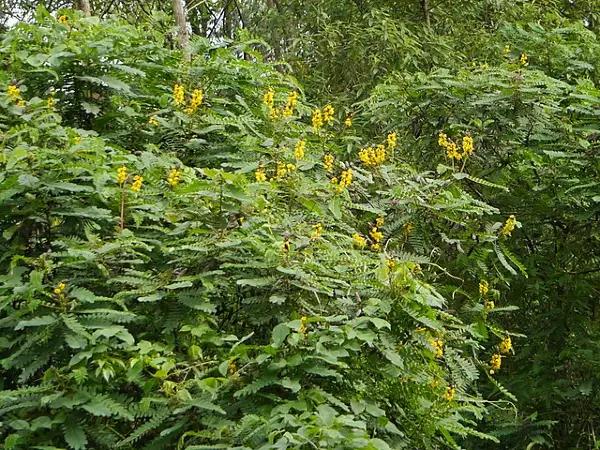
- Soil
Popcorn cassia will thrive best in rich, moist, and well-drained loamy soil. However, the plant is generally tolerant of poor soil in the ground but with good drainage. In pots, mix sandy loam with potting mix, as potting mix alone may dry the plant.
- Fertilizer
The ideal time to fertilize your popcorn plant is during the spring and summer growing season. Popcorn plants typically respond well to tropical fertilizers during the growing season. Fertilize in late spring and again in the summer to get the best results.
- Temperature and Humidity
Popcorn cassia is a humidity-loving plant that thrives in high temperatures and humidity levels. If the temperature falls below 80F, the plant’s growth slows down gradually. Popcorn cassia also tolerates slightly cold temperatures. However, when temperatures start freezing, you should take potted plants inside.
- Pruning
Popcorn cassia does not need intensive pruning. Deadheading wilting flowers or yellow branches is enough to keep the plant looking healthy.
- Propagating
Propagating the popcorn plant by cuttings is usually unsuccessful and tasking. However, propagating by seed works better. Soak the bean-like seeds in water for a day, after which they can germinate.
- Potting of a Popcorn Plant
Popcorn plants should be grown in a wide enough pot with good drainage points. Use a wide enough pot to allow the roots to spread and support the plant’s height. You can make perforations at the bottom of the pot to allow for better drainage. In addition, place stones between the soil to allow for better drainage.
Growing Popcorn Plants from Seeds
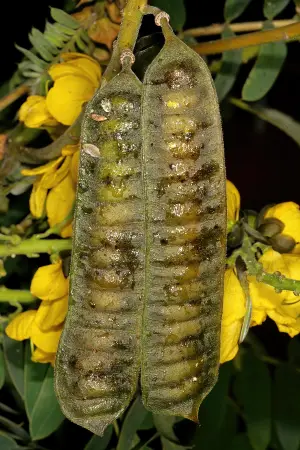
Popcorn plant seed pods contain about twelve seeds a few inches long. Pull the dried seed from the seed pods in late autumn, and soak the seeds in water for a day. Afterward, plant the moist seeds in a pot containing moist, well-drained soil. Then cover with some soil, place in a warm area with sunlight, and keep the soil moist. When they germinate, harden off the seedlings to prevent transplant shock and transfer them outside.
- Popcorn Cassia (Senna Didymobotrya)
- 20 seeds per pack
- Hardiness: 9a-11
- Height: 6-8 tall
- Ship From United Sta
Overwintering of a Popcorn Plant
Popcorn plants cannot survive frost, but overwintering can help. You can overwinter popcorn cassia by keeping it indoors. The temperature of the area you keep for overwintering should remain above 40F. In addition, avoid keeping the plant in the dark, as it may go dormant. You can take the plant back outside once the frosting has subsided and the temperature at night is 40F and above. If you live in a tropical area, you can overwinter your popcorn plant in the garden.
Pests and Diseases of Popcorn Plant
The popcorn plant is not susceptible to pests and diseases like many other plants. Sometimes, aphids may attack them, but you can prevent that by spraying them with water. You may also give the plants a rub of horticultural oil to keep the aphids away. Popcorn cassia, however, can be susceptible to fungal diseases. As such, ensure to keep the plant moist but not too wet.
FOR FURTHER READING
- Neon Pothos vs Lemon Lime Philodendron: Which One to Choose?
- Everything You Need to Know About Laurel Leaves
- Exploring the Many Faces of Euonymus Plants
Final Thoughts
The popcorn plant, also called popcorn cassia, is a tropical shrub native to East Africa. Its name comes from the leaves, which, when coaxed, give off a smell like buttered popcorn. When open as well, the bright yellow flowers look like popped corn. Popcorn cassia thrives in warm, humid temperatures and well-drained loamy soil. The plant also takes well to being potted, as you can use it as a house plant.
Popcorn cassia is a water-loving plant that requires moist soil to thrive. However, over wetting the plant can predispose it to fungal attacks. Thus, it is best to keep the soil moist but not water-logged. Other good practices for the popcorn plant are deadheading and good fertilizer practices. Ensure to apply fertilizer only during the growing season to maximize its effects. Take note. However, popcorn plants are toxic to humans and pets, so take caution when planting them indoors.
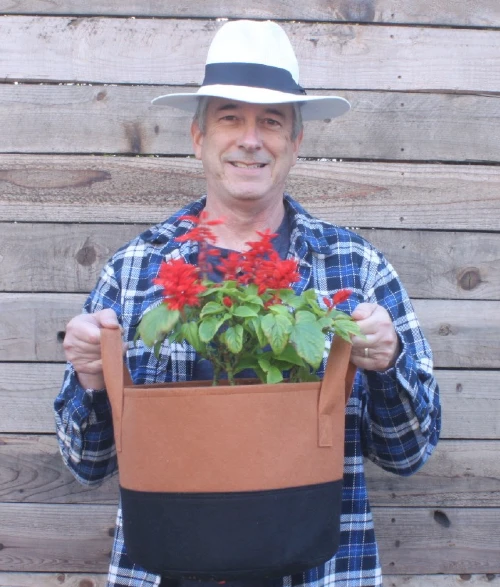
Darrell has a passion for gardening that he inherited from his father. Go here to read more about the influence his father played in his love for gardening. If you want to send Darrell a quick message, then visit his contact page here.

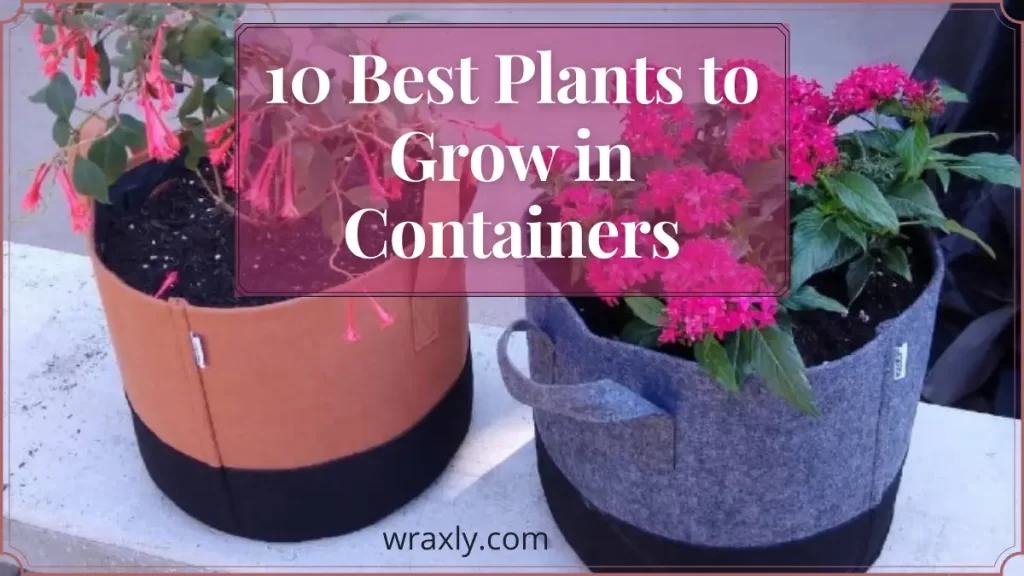
![How to Water Indoor Plants [Plant Care 101]](https://wraxly.com/wp-content/uploads/2021/03/How-to-Water-Indoor-Plants-Plant-Care-101-1200-1024x576.webp)
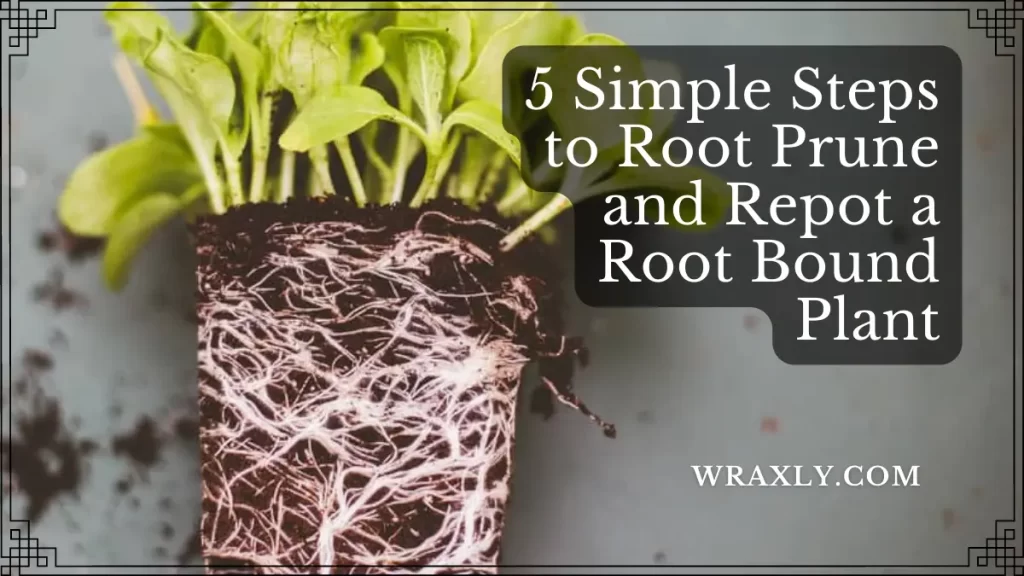
![Growing Plants from Cuttings [A Simple Guide]](https://wraxly.com/wp-content/uploads/2021/03/Growing-Plants-from-Cuttings-A-Simple-Guide-1200-1024x576.webp)